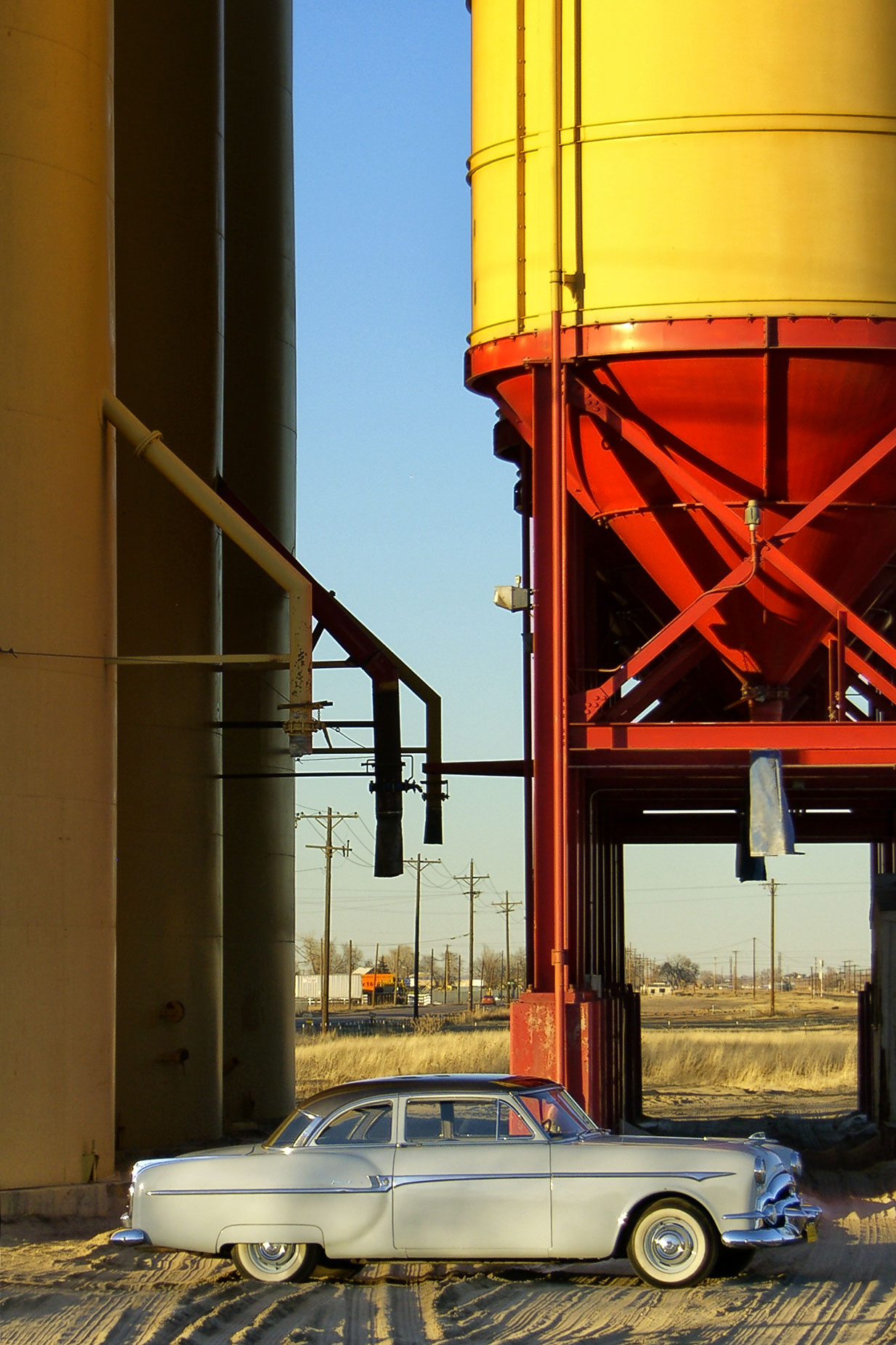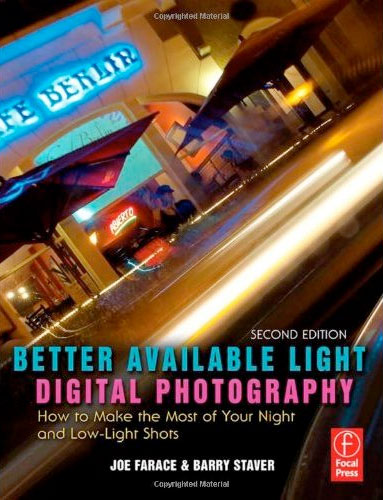We all have cars we’ve previously owned and loved but we can’t always remember the reasons why we sold them. Today is the latest in #wheelswednesday series of posts about some of the interesting cars that I’ve I’ve owned in past. In this case, it’s my (former) 1953 Packard Clipper.
Today’s Post by Joe Farace
I was going to buy my girl a Packard car for Christmas, but it took too long to deliver, so I bought her some handkerchiefs.—Jack Benny
 In 1941, the Packard Motor Car Company introduced the Clipper as part of their nineteenth Series of automobiles. In 1948 when Packard launched its twenty-second series, the Clipper nameplate was dropped. In 1952, when James J. Nance became the company’s president he decided to spin off Clipper as it’s own marque to target the mid-range market, keeping it separate from Packard’s high-end cars. Turned out that the dealers hated the idea of losing their best selling car and after a while it became a Packard, that is until 1956 when it become a separate marque again. By then it was too late, the end was in sight with the Packard’s merger with Studebaker.
In 1941, the Packard Motor Car Company introduced the Clipper as part of their nineteenth Series of automobiles. In 1948 when Packard launched its twenty-second series, the Clipper nameplate was dropped. In 1952, when James J. Nance became the company’s president he decided to spin off Clipper as it’s own marque to target the mid-range market, keeping it separate from Packard’s high-end cars. Turned out that the dealers hated the idea of losing their best selling car and after a while it became a Packard, that is until 1956 when it become a separate marque again. By then it was too late, the end was in sight with the Packard’s merger with Studebaker.
Packard hoped to benefit from Studebaker’s large dealer network and Studebaker hoped to gain additional strength that Packard’s cash position to provide what they didn’t have. The original plan devised by Packard president James J. Nance and Nash-Kelvinator Corporation president George W. Mason was that the combined Studebaker-Packard would join a Nash-Kelvinator and Hudson Motor Car Company to form an all-new four-marque American Motors Corporation.
Had these combinations actually gone through, the new company would have immediately surpassed Chrysler to become the third of America’s “Big Three” automobile manufacturers. However, the sudden death of Mason in 1954 who was succeeded by George W. Romney along with disputes over parts-sharing arrangements between the companies doomed any chance of completing the merger. The failure to combine the companies ultimately sealed the fates of all four companies.
How I Made this Shot: I photographed my former 1953 Packard Clipper Club Sedan at a railroad siding in Brighton, Colorado using an eight-megapixel Samsung DigiMax Pro 815 —yes, they used to make cameras—with an exposure of 1/600 sec at f/3.2 and ISO 50.
My Car…
The above car is the 1953 Packard Clipper Club Sedan that Mary and I originally purchased to participate in The Great Race. We never made it into the event because our initial sponsors evaporated when it came time to put up the money. We kept the car only a short while after that and after participating in several car shows and Packard Club events, we sold it to a private automobile museum in Phoenix.
What was surprising to me about our Clipper was how modern it felt to drive, especially when compared to its contemporary automobiles from Ford and Chevrolet. The manual steering and brakes did not require excessive effort and after replacing the worn out shocks it drove and road like a modern car even on bias-ply tires. The straight flathead eight cylinder engine would cruise at highway speeds and we easily kept up with traffic flow, never dawdling behind like an “old car.”
When driving it, I always got big smiles from everyone from young people to grey-haired grannies. It was a great car to own, much cheaper to maintain than some modern German cars that Mary and I’ve have owned and unlike some other cars that have appeared and will appear in this series, it miss it to this day. (Mary does not.)

Barry Staver and Joe Farace are co-authors of Better Available Light Digital Photography that may be an oldie but, I think anyway, that it’s a goodie. New copies are $21.50 with used copies starting around twelve bucks from Amazon.